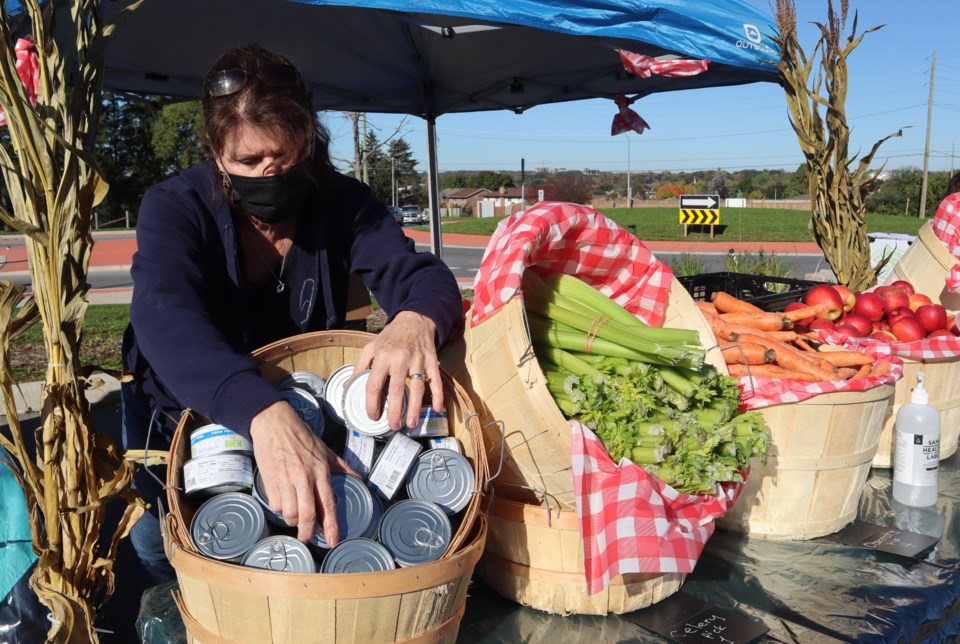With the usage of food banks increasing across Canada, including in Cambridge, the federal government recently announced a grocery rebate as part of their 2023 budget aimed at helping families put food on their table.
The benefit will be dispersed through the GST/HST rebate system. Eligible couples with two children will receive up to $467, single Canadians without children up to $234 and seniors will get $225, on average.
The guidelines for the rebate doesn't list criteria for eligibility but says it could impact 11 million low-to-moderate income Canadians and families.
While these funds will help, Cambridge Food Bank executive director Dianne McLeod questions just how impactful the money will be on the overall budget of those who receive it.
She believes it’s one of many steps that need to be taken to address food insecurity.
“Undoubtedly these funds will be welcomed by low and moderate income earners, but it will do little to offset the significant rise in cost of living and the unaffordability of food,” McLeod said.
“We encourage all levels of government to pursue policy that will ensure adequate income for all Canadians.”
So just how far will these rebates go? Not far, it appears.
According to the The 2022 Nutritious Food Basket report done by the Region of Waterloo Public Health, families of four would need to spend on average $1,069 each month to eat a healthy diet.
“This does not include essential items like shampoo, laundry detergent and toothpaste,” McLeod added.
The report also states that at least 23,605 households in Waterloo Region, or nearly 11 per cent, are food insecure.
According to Food Banks Canada, one in seven people accessing the food bank are employed and 33.1 per cent are children, despite representing only 18.8 per cent of the population.
Locally, the Cambridge Food Bank has also seen a drastic uptick in use.
In March 2022, they were serving 1,000 households a month. One year later that number has risen to 1,400.
During the month of February, usage rose 54 per cent compared to the same time last year.
While the food bank is a necessity in the community, McLeod emphasizes it’s not designed to be a long term solution to making sure people have enough to eat.
“Food banks are meant to be temporary, emergency support,” she said.
“But we’re seeing that people are relying on us for longer and for most of their food needs as soaring rents and the general cost of living leave them with little resources for food.”
And it’s a problem that isn’t going away, she says.
"Food bank use has increased significantly across Canada,” McLeod said.
“With Ontario food banks specifically seeing a 64 per cent increase of first-time users over the last three years.”
For more information on the Cambridge Food Bank visit cambridgefoodbank.org.



.png;w=120;h=80;mode=crop)